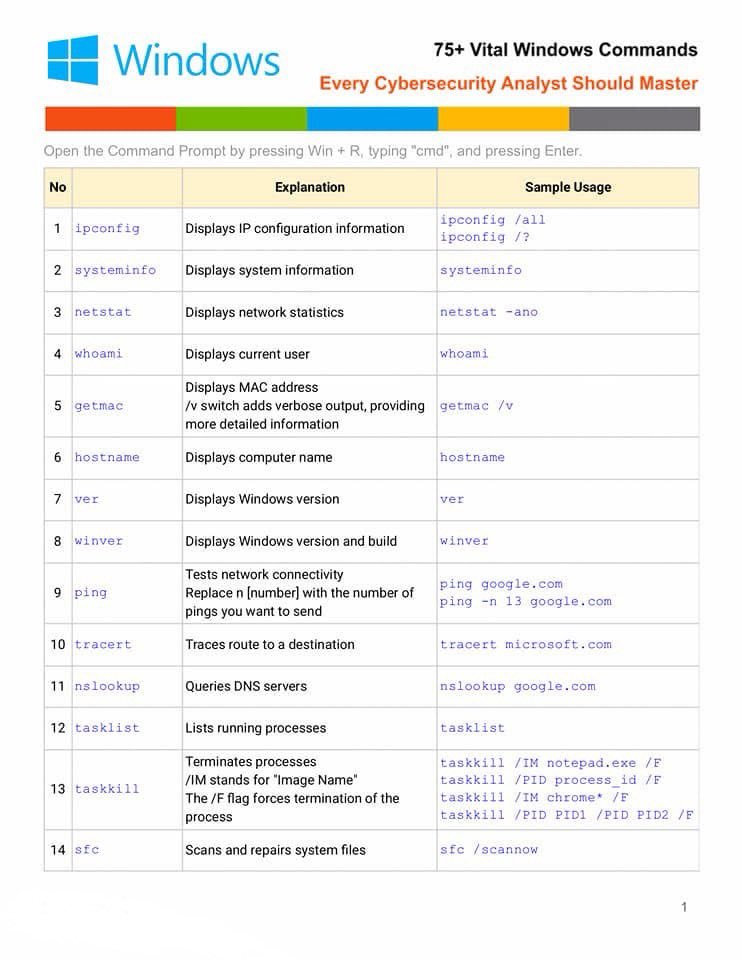🎯 Honeypots in Cybersecurity Trapping Hackers Safely 🕵️♂️
🛡️ What is a Honeypot?
A honeypot is a decoy system designed to lure attackers by mimicking vulnerable services, applications, or networks.
🛡️ What is a Honeypot?
A honeypot is a decoy system designed to lure attackers by mimicking vulnerable services, applications, or networks.

It lets security teams observe, analyze, and study malicious activity without risking real systems.
👉 Think of it as a “trap”: hackers think they’re attacking a real target, but it’s a controlled environment monitored for research and defense.
🔑 Key Features:
1.Deception – Appears as a real system with files, services, or databases.
2.Isolation – Operates separately from production systems for safety.
3.Monitoring – Captures IPs, payloads, tools, and attacker behavior.
4.Types:
1.Deception – Appears as a real system with files, services, or databases.
2.Isolation – Operates separately from production systems for safety.
3.Monitoring – Captures IPs, payloads, tools, and attacker behavior.
4.Types:
•Low-interaction: Simulates limited services. Easy and safe.
•High-interaction: Full OS and apps. Realistic but riskier.
•High-interaction: Full OS and apps. Realistic but riskier.
🎯 Why Use Honeypots?
•Detect new attack techniques
•Collect malware samples
•Study hacker behavior
•Divert attackers from real systems
•Enhance IDS/IPS performance
•Detect new attack techniques
•Collect malware samples
•Study hacker behavior
•Divert attackers from real systems
•Enhance IDS/IPS performance
🕵️ How Hackers Detect Honeypots:
1.Environment Fingerprinting – Too clean OS, no logs, or default apps raise suspicion.
2.Timing Analysis – Slow or inconsistent responses can reveal simulations.
3.Outbound Restrictions – Failed outbound connections hint at a honeypot.
1.Environment Fingerprinting – Too clean OS, no logs, or default apps raise suspicion.
2.Timing Analysis – Slow or inconsistent responses can reveal simulations.
3.Outbound Restrictions – Failed outbound connections hint at a honeypot.
Functionality – Missing syscalls or unusual behavior signals a decoy.
5.VM/Sandbox Detection – Hackers check for virtual drivers or low-spec hardware.
6.Obvious Traps – Weak credentials (root/root) can tip off attackers4.Limited
5.VM/Sandbox Detection – Hackers check for virtual drivers or low-spec hardware.
6.Obvious Traps – Weak credentials (root/root) can tip off attackers4.Limited
🛡️ Making Honeypots Harder to Bypass:
•Add realistic user activity (documents, emails, logs)
•Randomize system responses
•Use high-interaction honeypots strategically
•Continuously disguise honeypot fingerprints
•Add realistic user activity (documents, emails, logs)
•Randomize system responses
•Use high-interaction honeypots strategically
•Continuously disguise honeypot fingerprints
✅ In Short:
Honeypots are smart “bait” systems for studying and catching attackers. To stay effective, they must be realistic, dynamic, and carefully monitored because savvy hackers will always look for clues to avoid them.
#CyberSecurity #Honeypot #Pentesting #BugBounty
Honeypots are smart “bait” systems for studying and catching attackers. To stay effective, they must be realistic, dynamic, and carefully monitored because savvy hackers will always look for clues to avoid them.
#CyberSecurity #Honeypot #Pentesting #BugBounty
• • •
Missing some Tweet in this thread? You can try to
force a refresh
















